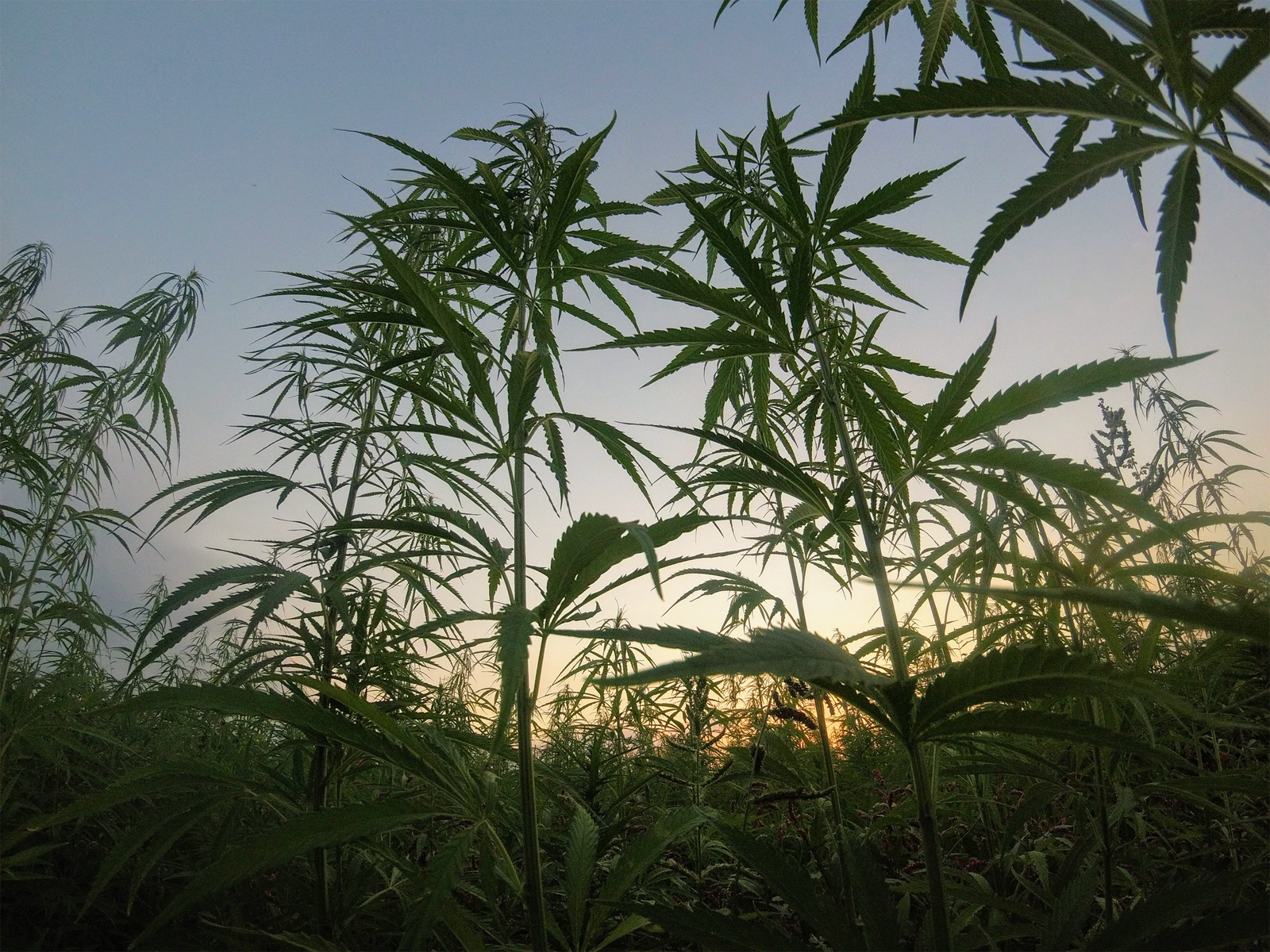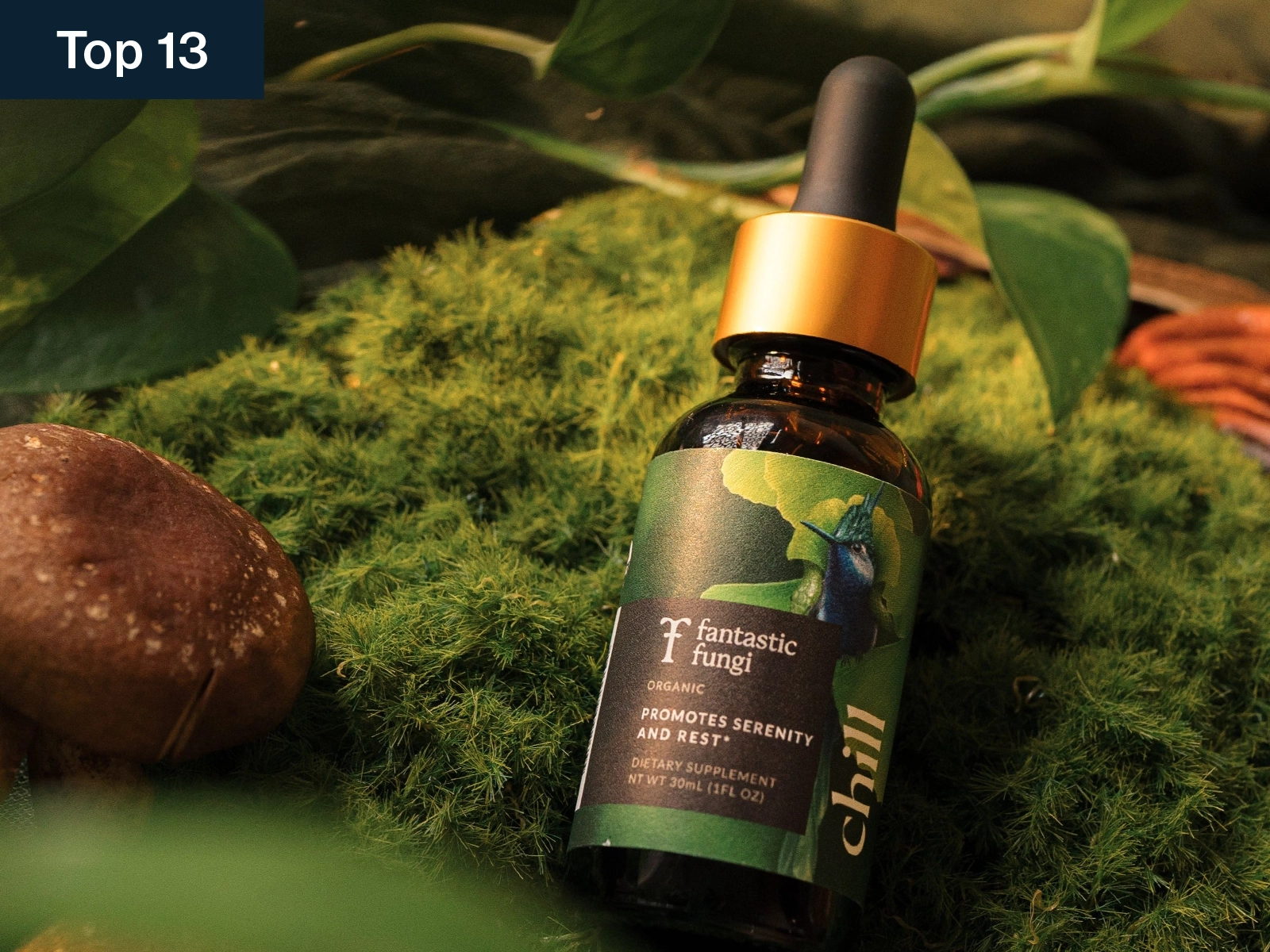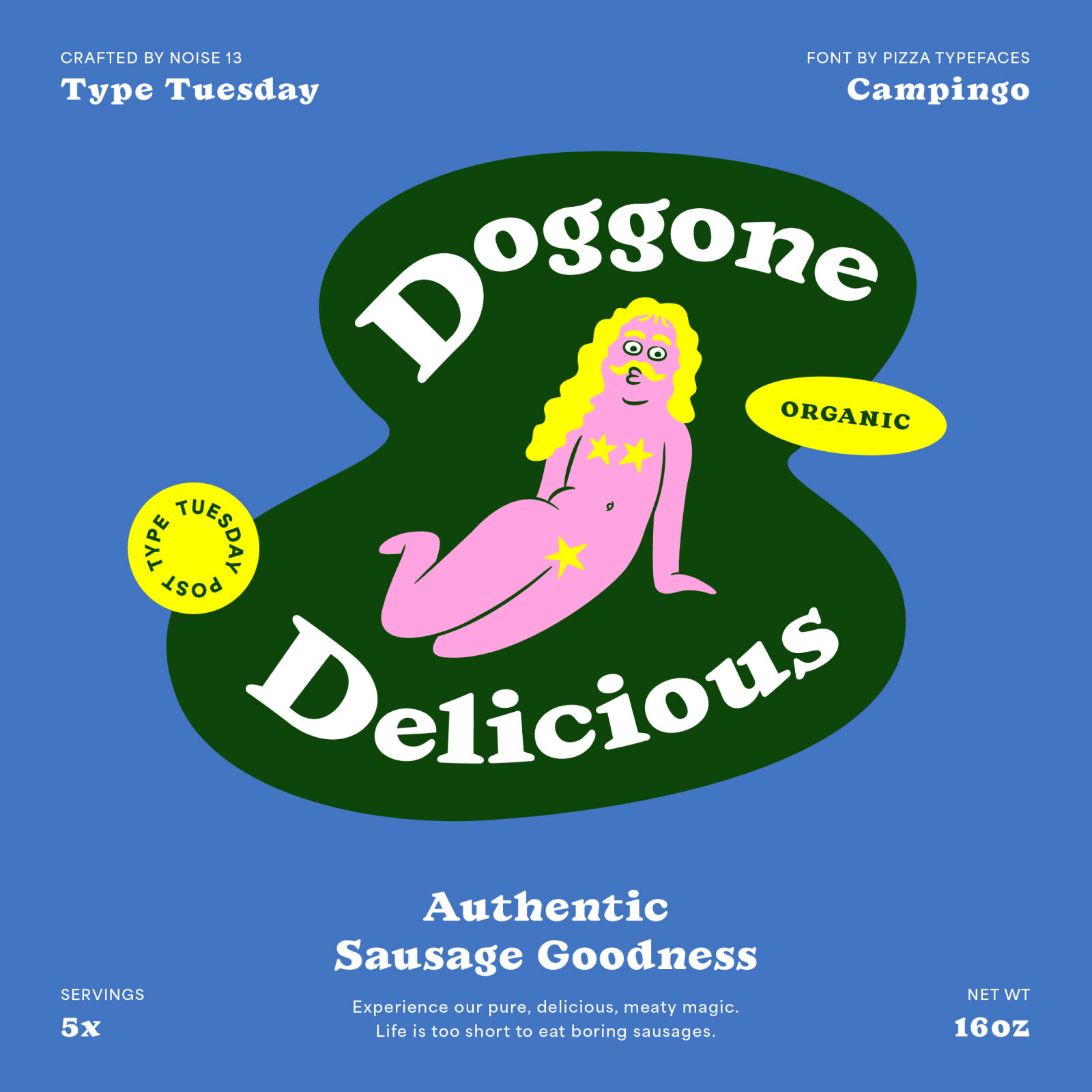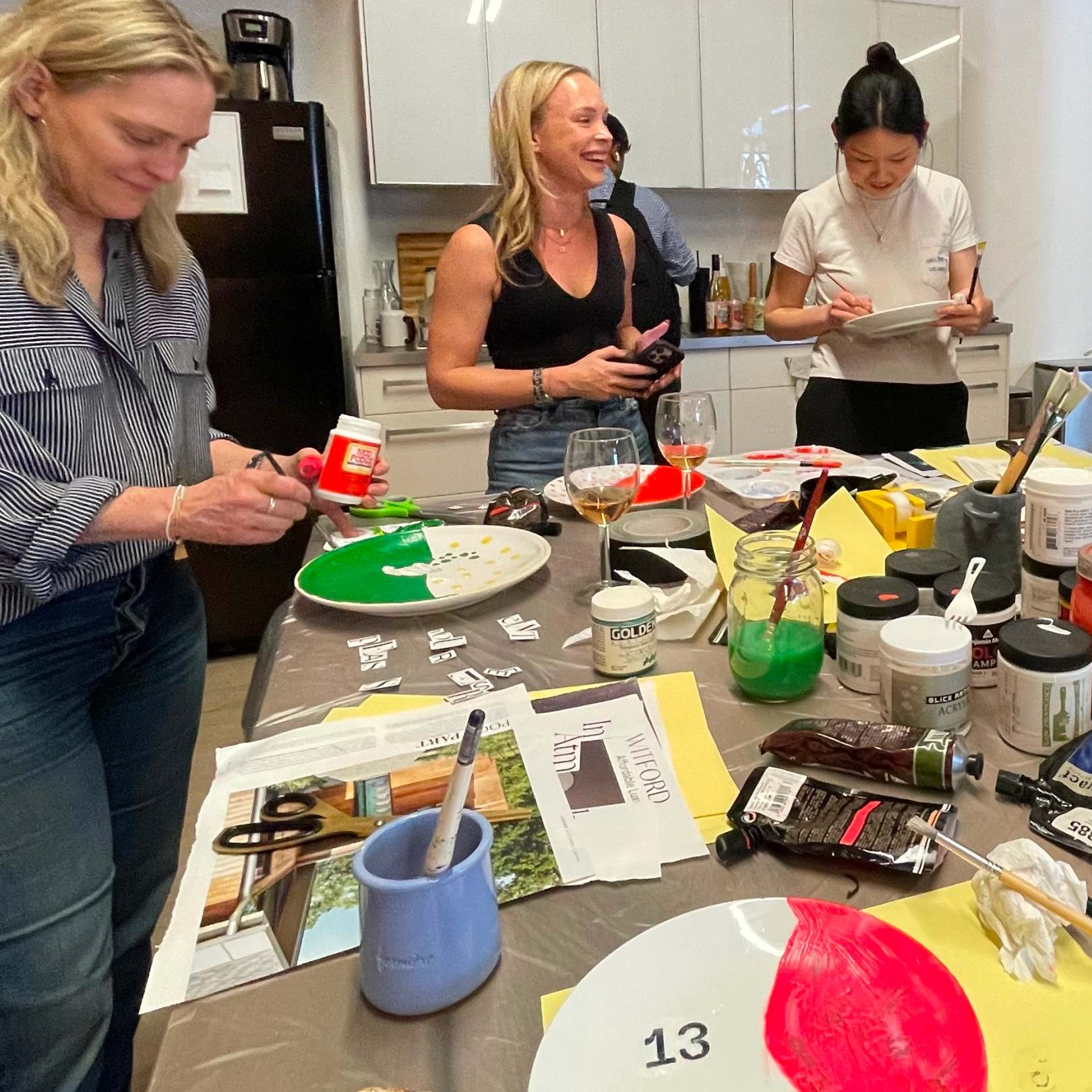How Hemp Can Save the Planet

Industrial hemp and cannabis are both varieties of the cannabis plant, with one small difference: What we call “hemp” has less than 2% of THC, and “cannabis” has more.
We’re at a moment in time when hemp-derived CBD is all the rage. It’s being added to drinks, lotions, and tinctures, to name a few, that you can order online or pick up at the checkout line at Whole Foods. Ever wonder what’s happening with the rest of the plant after the CBD is extracted?
- The stalks can be used in textiles, paper, rope, biofuel, building materials, and many more consumer products.
- The leaves can be added to mulch and compost.
- The seeds are incredibly nutritious, as the oil has a perfect balance of essential fatty acids and can replace fish oil supplements. This oil is also used in soaps, balms, and lotions.
- The rootball is used to make tea.
- After CBD has been extracted, the cake can be used as animal feed.
- Full hemp plants are used as phytoremediators to clean soil of contaminants. Once that work is done, the remnants can be processed into bioplastics.
There are so many possibilities, but the infrastructure to utilize hemp on a larger scale still isn’t in place. Because of prohibition, the history of hemp production in the United States is a complicated one. In addition, the main competitor for hemp is cotton, which is a powerhouse industry that is heavily subsidized, advertised, and fully integrated into our lives. But compared to cotton, hemp uses much less water, land, and pesticides, and results in a much stronger fiber.
So what can we do about it? Buy it, wear it, use it. Companies like Hello and Good Seed are helping consumers integrate hemp products into their everyday lives. We can buy hemp clothing, produce bags, and toothbrushes now. Just imagine the possibilities once those companies get the support they need to continue to innovate and add to their offerings!
In a panel discussion at the New West Summit in San Francisco called “Can Hemp Clean Up The Planet & Sustain The Human Race?”, Jason Hoar, a CBD refiner based in Southern Oregon, urged the audience to “find what you’re good at, and lend those skills to the industry.” At Noise 13, we’re passionate about the possibilities of hemp, and we specialize in helping brands make honest connections with their audiences. Who do you know in the hemp industry who’s ready to cultivate the real in their brand from the inside out?





